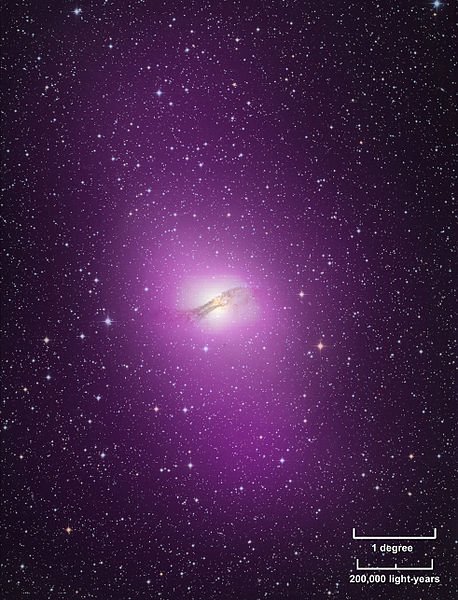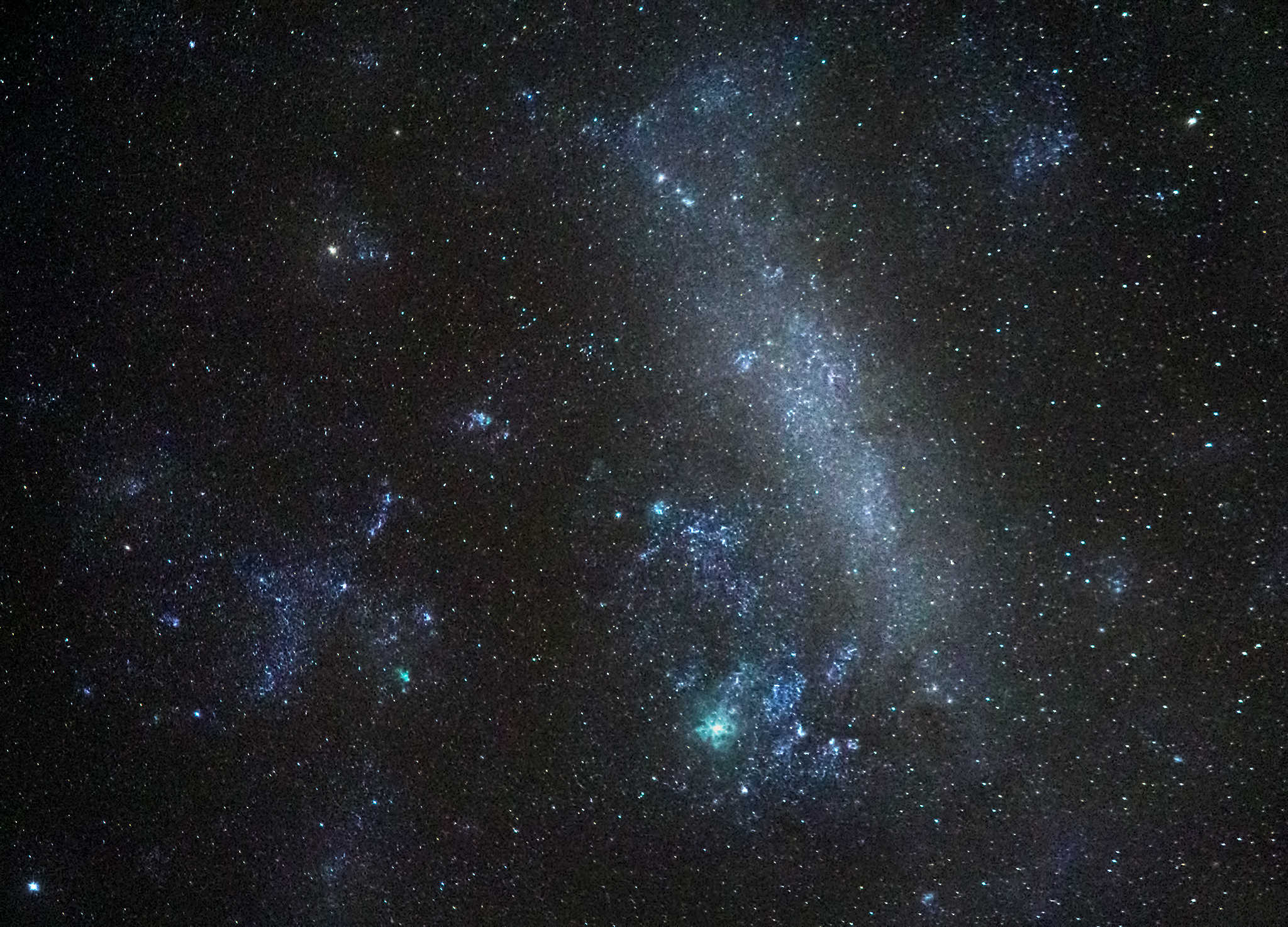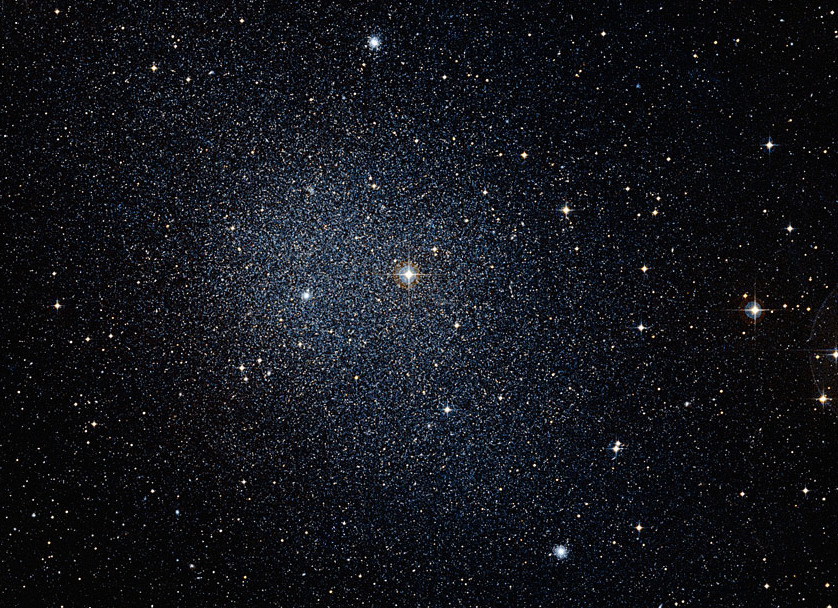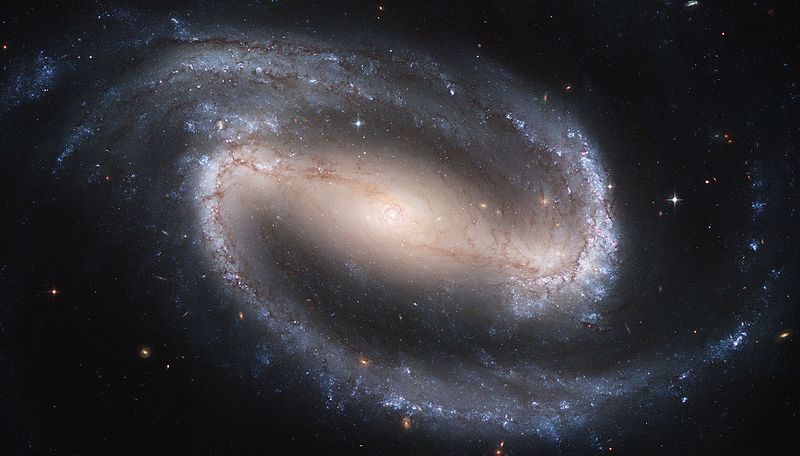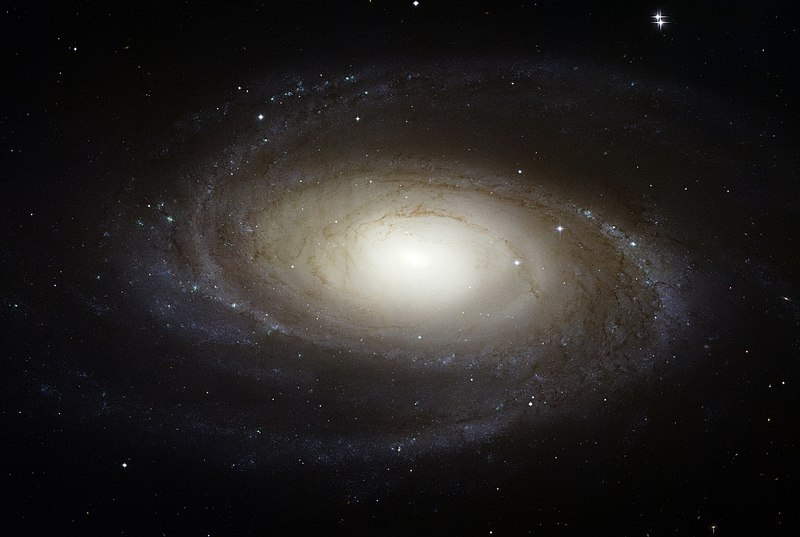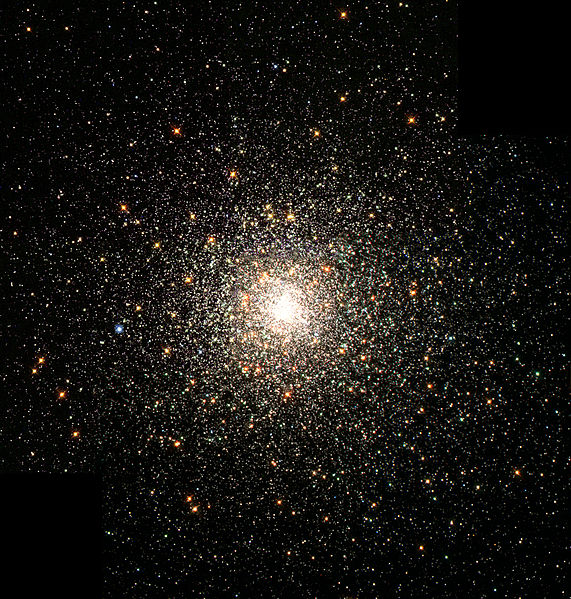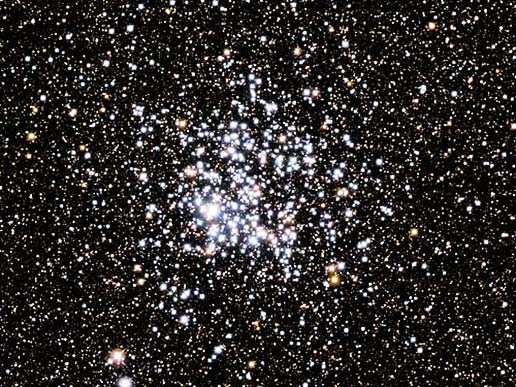1.1. The world of galaxies¶
Before we start our sojourn in the realm of galaxies, let’s take a quick tour of the types of galaxies found in the Universe. Figure 1.1 displays two very beautiful, famous galaxies: M51 and Cen A.
Figure 1.1: M51 (NASA/JPL-Caltech/Univ. of Arizona/DSS/SST) and Cen A (NASA/DOE/Fermi LAT Collaboration, Capella Observatory).
M51 is a grand-design spiral galaxy. While the origin of spiral structure in galaxies remains an open problem with likely a variety of solutions, in this case the beautiful spiral structure is most probably caused by the response to the gravity from the companion galaxy at the top of the image. Spiral structure, besides looking pretty, is an important driver of star formation, as the gravitational force of the spiral compresses gas, leading to the formation of new stars within the spirals. These show up as the red dots along the spiral arms in Figure 1.1, which are small clusters of young stars, traced by their ionized HII emission here.
Cen A is one of the brightest galaxies in the sky and an example of an S0 galaxy, a galaxy somewhere between the extremes of elliptical and spiral galaxies. Its exact classification is still a matter of debate and this illustrates the difficulty we face when studying galaxies. The only data we have is a single snapshot in time from a single perspective, with very limited information on its three-dimensional structure. Because no galaxy is a fully relaxed system, all galaxies are evolving and many are going through dramatic transformations. Cen A has probably endured a merger in its recent past, leading to a burst of star formation and the fueling of an active galactic nucleus (AGN)—a supermassive black hole with a bright accretion disk—at its center.
While most of the famous galaxies are as large as those pictured in Figure 1.1, many other galaxies are quite a bit smaller. We find many examples of these in our own backyard, as satellite galaxies of the Milky Way. Figure 1.2 shows two examples: the Large Magellanic Cloud (LMC) and the Fornax dwarf galaxy (not to be confused with the Fornax cluster!).
Figure 1.2: The Large Magellanic Cloud (credit: Dylan O’Donnell) and the Fornax dwarf spheroidal (ESO/Digitized Sky Survey 2).
The LMC is one of the closest neighbors of the Milky Way and the largest of its satellite galaxies—galaxies caught in the web of the Milky Way’s gravitational attraction. The LMC is part of a pair of galaxies that fell into the Milky Way’s gravitational field together and its irregular appearance is in large part due to the tidal interactions with its sibling, the Small Magellanic Cloud, and with the Milky Way. The LMC has a prominent bar at its center and was likely a barred spiral galaxy before it started interacting with the Milky Way. The LMC is about 10 times smaller in size and mass than the Milky Way. It has lots of gas and many areas of active star formation. Some of the most famous star-forming regions are in the LMC.
Fornax is an example of a dwarf spheroidal galaxy, which are the smallest galaxies. Such galaxies are much more diffuse, as can be seen by comparing the Fornax dwarf galaxy to the pictures of M51 or Cen A above, and their masses are dominated by dark matter, making them some of the best places we have to constrain the fundamental nature of dark matter. Fornax in particular is a bit of a dynamical celebrity, because it has a number of globular clusters. If the dark-matter profile in the centers of galaxies has the expected, cuspy shape, then the process of dynamical friction should have caused these clusters to have long since spiraled into the center (Tremaine 1976b). That Fornax still has these globular clusters therefore indicates that the dark-matter density is lower than expected at its center.
Circling back to Milky-Way-sized galaxies, Figure 1.3 gives two more examples of large disk galaxies: NGC 1300 and M81.
Figure 1.3: NGC 1300 and M81 (both NASA, ESA, and The Hubble Heritage Team STScI/AURA).
The most obvious property of NGC 1300 is the rectangular-ish feature at its center, with two prominent spiral arms emanating from its ends. This feature is called a bar (for obvious reasons) and it is a common feature of disk galaxies. Overall, about 30% of disk galaxies in the local Universe have strong bars, a fraction that goes down as we look further into the past, showing that bars are a relatively recent (in cosmic time units!) feature of galaxies. Our own Milky Way has a bar at its center, the exact properties of which are still up for debate, but it is far less strong than the bar in NGC 1300. Bars form naturally during the evolution of disk galaxies.
M81 is a spiral galaxy without an obvious bar at its center. Instead it has a prominent bulge, a spheroidal concentration of mostly old stars, and tightly wound spirals. M81 is part of a group of galaxies much like the Local Group, the set of galaxies that includes the Milky Way and the Andromeda galaxy (which we will typically refer to as M31), their satellites, and some more small galaxies associated with them. M81 interacts with M82 and NGC 3077, a good reminder that almost no galaxy lives in isolation.
We could keep showing pictures of barred and spiral disk galaxies (and of barred-spiral disk galaxies!), but let’s look at an example of an elliptical galaxy: NGC 3923 in Figure 1.4.
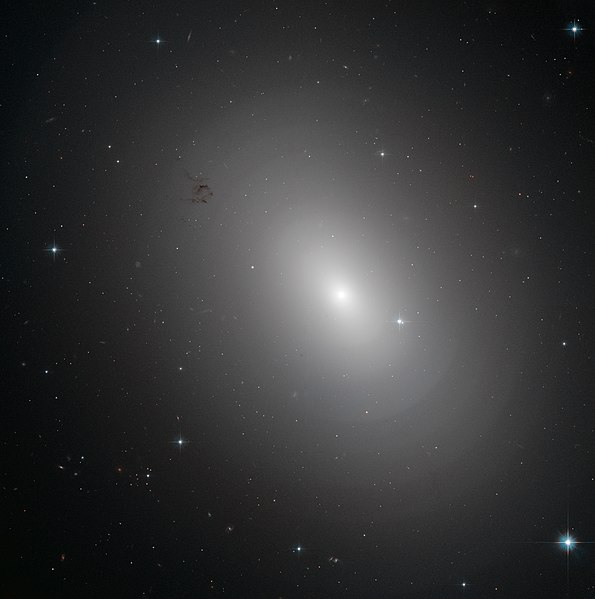
Figure 1.4: NGC 3923 (NASA/ESA Hubble Space telescope).
NGC 3923 is a more-interesting-than-usual example of an elliptical galaxy, which normally have smooth, elliptical light distributions without any features. Even though most elliptical galaxies might at first glance therefore seem a little boring, their internal orbital structure can be quite complex. NGC 3923 is especially interesting, because it has multiple shell-like features in its outer parts; such galaxies are known as shell galaxies. The presence of shells indicates that the stars are arranged in a structure more akin to layers than in a smooth, continuous distribution like in other elliptical galaxies. Such shell-like features are common in elliptical galaxies, with an estimated 50% of elliptical galaxies displaying faint shells. The shells are an indication that NGC 3923 has experienced a merger with a small satellite and the distribution of orbits of stars in the satellite got re-arranged to give rise to a density profile with sharp edges.
Galaxies are not just made up of single stars, but also contain stellar clusters of various sorts. Because the evolution of these clusters is intimately related to the evolution of their host galaxies, we will also give them some attention in this book. Two of the main types of stellar clusters are globular clusters and open clusters. Figure 1.5 gives an example of one of each: the globular cluster M80 and the open cluster M11.
Figure 1.5: M80 (NASA, The Hubble Heritage Team, STScI/AURA) and M11 (NASA).
It is immediately clear that these are two quite different beasts. Globular clusters are extremely dense, with typical sizes of a few to 10 pc and containing upwards of ten thousand stars (up to a million). The center of M80 is a blob of light, even in this picture taken by the Hubble Space Telescope, because there are too many stars close together to be able to resolve all of them as individual stars in this image. M80 is one of the most massive of the \(\approx 150\) globular clusters in the Milky Way. Globular clusters are old and are found in almost all galaxies, with the number of globular clusters in a galaxy scaling with the total mass (e.g., Harris et al. 2013). Because they are so dense, globular clusters display a rich dynamical phenomenology that is quite different from that of galaxies. Dynamics and stellar evolution are also intimately linked in globular clusters, making them a fine laboratory for stellar evolution and potentially factories for binary black holes such as those seen by LIGO. Globular clusters can also get disrupted by tidal interactions with their host galaxies, leading to the production of narrow stellar streams.
Open clusters are very different from globular clusters. The main difference is that they are much less dense and many of them are only marginally bound. Open clusters dot the disks of star-forming galaxies. They consist of stars born together in a (typically recent) star-formation event, have typical sizes of about 10 pc, and contain a few hundred to tens of thousands of stars. Open clusters are generally only a few hundred millions years old, although some survive for many billions of years. The open cluster pictured in Figure 1.5, M11, is about 250 million years old and is a rich open cluster with about 3,000 stars. Open clusters are an important laboratory for simple stellar evolution. Open clusters get easily disrupted by tidal forces and only the most tightly bound therefore survive for billions of years.


